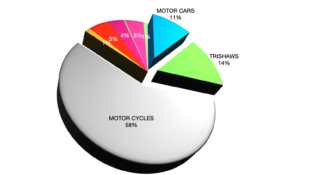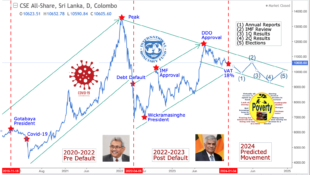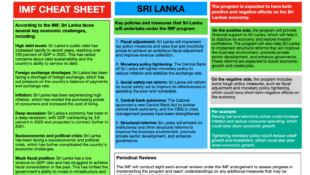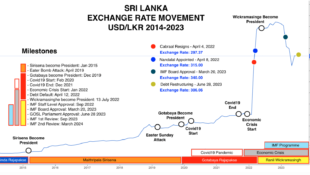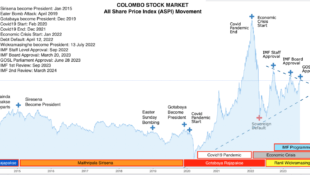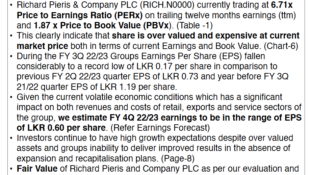smallville wrote: Antonym wrote: StocksWatch wrote:
The investors of CINS, SEMB, TFC have paid more than double of the Non Voting share price for the Voting rights of the same company. MAL is having the least difference between the Voting and Non Voting shares.
This is an interesting analysis... I am assuming that, for these companies, the
EPS of Non-Voting and Voting shares is the same. If so, can someone please list the reasons why investors pay so much more for Voting shares?
Is it because there is less number of Voting shares? Or because they want to vote at the company's AGM?
What other rights do Voting shareholders have, which Non-Voting shareholders do not have?
Few things coming to my mind;
The purpose of non-voting shares is to allow the holders of the ordinary shares to maintain control. They may be founders of a company, the existing shareholders of a company (often a family company) that wishes to list, a company that wants the benefits of an employee shares scheme without the existing shareholders losing control.
Based on the nice analysis of @slstock
I observed that "% PREMIUM IN VOTING" has positive relationship with "% of PUBLIC HOLDING", apart form Number of V & NV issued.
Here are some examples;**Banking stocks have been excluded, since the regulator does not allowing hostile takeovers (except for Government & its related parties).
Name -- % Premium --% Public Holding ----- Issued Qty NV/V --- %(NV/V)
TFC -- 119% -- 51% ----- 100M/60.4M ---(165%)
CINS -- 118% -- 61% ----- 6.4M/20M --- (32%)
SEMB -- 110% -- 76% -----560M/826.5M --- (68%)
-------------------------------------------------------------------------
MAL -- 11% -- 31% ----- 2.3M/22.4M --- (10%)
MORI -- 22% -- 23% ----- 0.174M/0.581M --- (30%)
CHL -- 25% -- 29% ----- 8.3M/25.5M --- (32%)
LGL -- 29% -- 22% -----
When the present management is confortable with 51% or above Voting rights, no reason anybody to pay high premium to the voting shares. It appeares that about 30%-40% premium would be the norm. Also it is natural to have low price when supply is very high.
e.g. SEMB is managed/controlled with only 24% (still 76% held by public) and acquiring of 51% is possible though collecting even at the market by paying higher price to voting shares. But, MAL it is impossible without negotiating with the current management as only about 30% held by public.
Also it can be noticed that TFC has issued extremly large number of NV.
Hope the facts help you to decide between V & NV.
Good Luck!!
 would enable you to enjoy an array of other services such as Member Rankings, User Groups, Own Posts & Profile, Exclusive Research, Live Chat Box etc..
would enable you to enjoy an array of other services such as Member Rankings, User Groups, Own Posts & Profile, Exclusive Research, Live Chat Box etc.. 
 Home
Home













